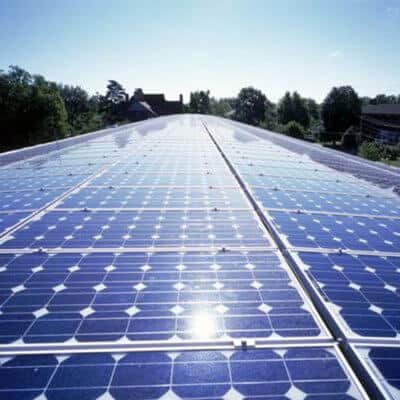There are there are three market segment for solar in the U.S.: residential, utility and commercial. Based on some rough math, in 2018 we expect to install 5 to 7 million solar panels on homes in the U.S. In areas with high residential electric rates, paybacks are usually in the range of 4-8 years. But the utility solar segment is much larger: about 20 million solar panels will be installed by utilities in 2018. Utilities realize that it is cheaper to generate power with solar compared to coal or nuclear generation. Moreover, the combination of solar and batteries is projected to be even cheaper than natural gas in a few years.
The commercial solar segment has been growing, but has been challenged by a lack of efficient financing, slow decision making, and relatively high costs. But this market segment is poised to grow much more quickly in the coming years. Standardized lease, PPA (Power Purchase Agreement) and PACE (Property Assessed Clean Energy) financing is now available. Cheaper solar panels, inverters and rooftop installation techniques are reducing up front costs. And commercial customer decision making is accelerating now that a number of national retailers (Costco, Staples, Target, Safeway), tech companies (Microsoft, Apple, Google), casinos and data centers have made rooftop solar a standard part of all their buildings.
Quite simply, the biggest advantage of rooftop solar to commercial customers is financial. As with the residential and utility segments, almost any commercial building can reduce their electricity costs by 20-40% (net of financing costs). Paybacks are in the range of 3-8 years, easy financing is available for both for-profit and non-profit businesses, and even tenant-occupied buildings with triple net leases can benefit.
As a result, the acres and acres of flat roof buildings around the country are destined to be put to work generating clean, renewable power. For more about commercial solar for businesses of all sizes, Listen Up to this week’s Energy Show.

